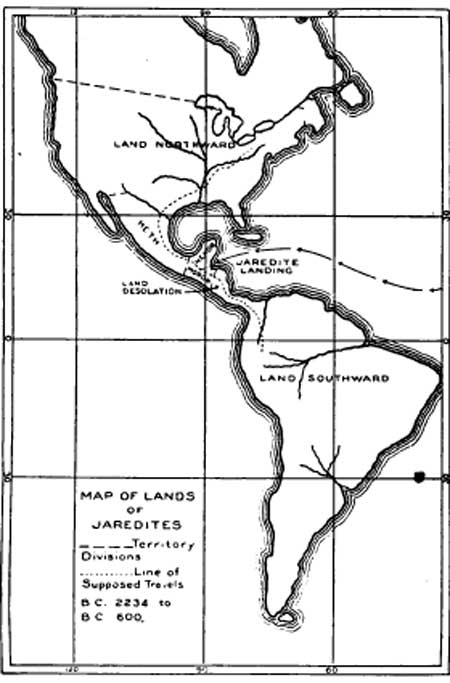
C. W. Clark, “The Mound Builder and the Book of Mormon,” Ohio Archaeological and Historical Quarterly, Vol. 26, January, 1917, pp. 267-292)
Like Brandley, Elieson, and plenty others, Clark has no concept how small Book of Mormon lands are, or that there were pre-existing peoples on them before the arrival of Lehi or Mulek. It’s a “hemispheric model” in other words. Really a regurgitation of the old school nonsense.
As for the mounds, Clark attributes the large “effigy” mounds to the Jaredites; the “higher class” mounds to the Nephites; and simple “burial” mounds to the Lamanites.
Clark circumscribes the progress of Book of Mormon events to mound locations with the overall view they were constantly moving north from Peru to Ohio. He does not say whether they went to Cumorah in New York or not. He forgets that the Nephites migrated only three times, thus, there should only be three populated areas – Land of Nephi, Zarahemla, and the Land Northward. And the Jaredites stayed solely in the Land Northward.
Without understanding the size of Book of Mormon lands, how one interprets the geography verses, and the archaeological record can be wrong. Only then can one interpret which mounds belonged to whom. We know that not all Lamanites were reckless, therefore, the mounds outside of Book of Mormon lands were Lamanite mounds.